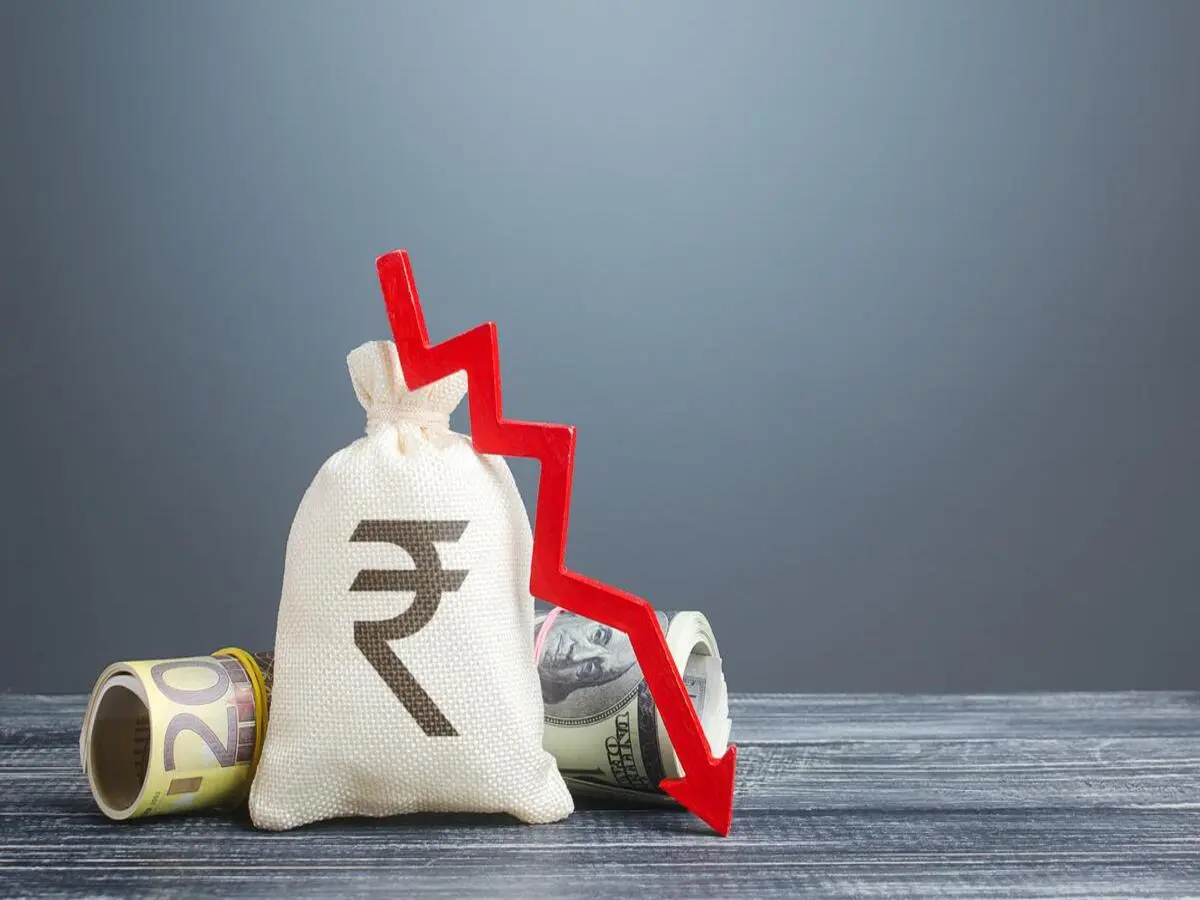Market News
Rupee hits all-time low against US dollar: Key factors behind the fall

3 min read | Updated on September 12, 2025, 15:30 IST
SUMMARY
The Indian rupee has fallen to an all-time low against the US dollar this week. The rupee has declined over 3% so far this year amid several headwinds like additional US trade tariffs, FIIs outflow.

A weak Indian rupee makes imports more expensive, including crude oil imports.
The Indian rupee hit a fresh all-time low against the US dollar this week. On Thursday, the Indian rupee hit a low of ₹88.47 per US dollar. Over the last few months, the Indian rupee has seen a noticeable decline against the US dollar.
At the start of 2025, the USD-INR rate was around ₹85.95 per dollar, which has now declined over 3% so far this year to hit yesterday’s record low of ₹88.46 per dollar.
How Indian rupee fall impact you?
Indian rupee fall has a direct impact on our day-to-day life consumption patterns. With a weak rupee, imports become more expensive. 90% of the domestic crude oil requirement comes from imports. Hence, essentials like the crude oil import bill rise, affecting petrol and diesel prices. This indirectly increases transportation costs and overall prices and inflation. Imported goods like electronics, smartphones become more expensive, and foreign travel and education costs more.
The recent fall in the rupee is due to multiple factors, including US trade tariffs, higher demand for the US dollar from importers and FIIs sell-off.
Additional US trade tariffs
US President Donald Trump imposing an additional 50% tariffs on Indian imports was one of the biggest factors behind the recent fall in the rupee. Experts predict, a 50% US tariff on Indian exports could lead to a 60-80 basis points fall in domestic GDP growth and widen the country’s fiscal deficit.
High US tariffs would make Indian goods less competitive compared to other countries, leading to lower exports and less foreign exchange inflows. Hence, putting an downward pressure on the rupee. Due to this negative impact, forex traders are beginning to take higher positions in the US dollar, leading to immediate headwinds for the Indian rupee in recent weeks.
FIIs outflow from Indian markets
Consistent sell-off by Foreign institutional investors (FIIs) in the last few months has also indirectly led to a fall in the Indian rupee. Since July 2025, FIIs have sold Indian assets worth over ₹1.03 lakh crore amid various concerns like US trade tariffs, earnings growth slowdown, and others.
This FII's selling increases demand for the US dollar as sale translates into the US dollar and dragging the Indian rupee lower.
High demand for the US dollar
Besides the above-mentioned factors, consistent demand for the US dollar from oil and gold companies and other importers for hedging purposes, and tariff-related uncertainty also continue to put pressure on the Indian rupee.
Amid a consistent fall in the rupee, the Reserve Bank of India (RBI) is still in the wait-and-watch mode and has not intervened in the spot market to curb excessive volatility and stabilise the rupee.
Some experts believe that, Indian rupee fall is not alarming and the central bank is allowing slow depreciation in the rupee to make Indian exports more competitive and offset the impact of US trade tariffs.
About The Author
Next Story

